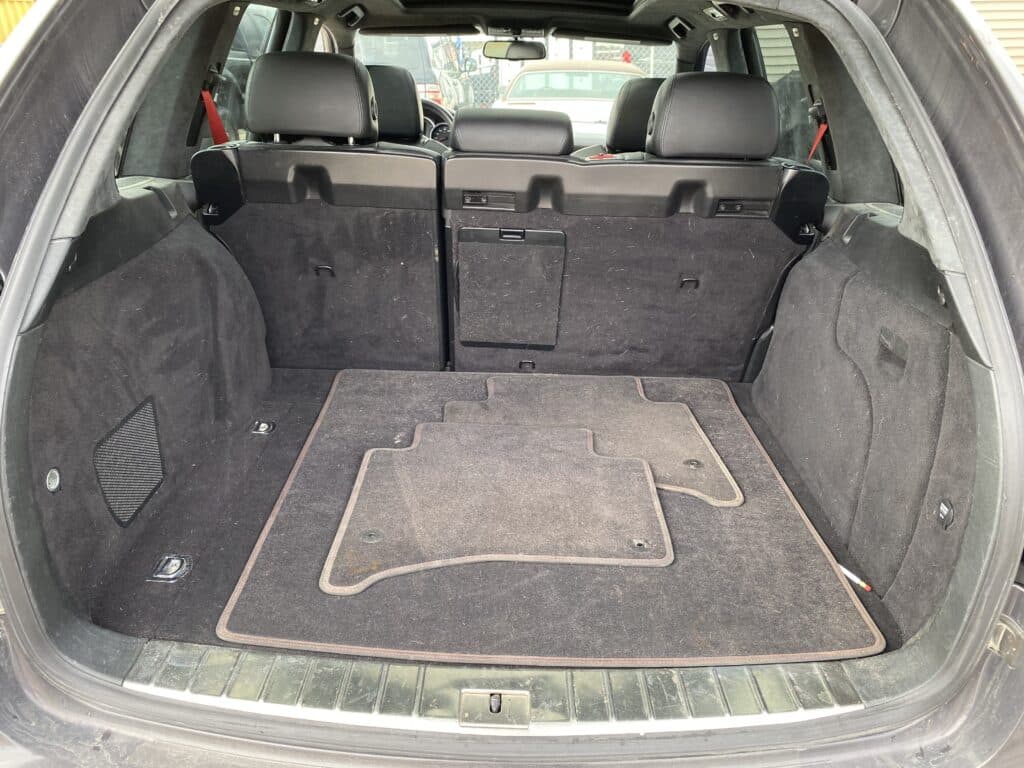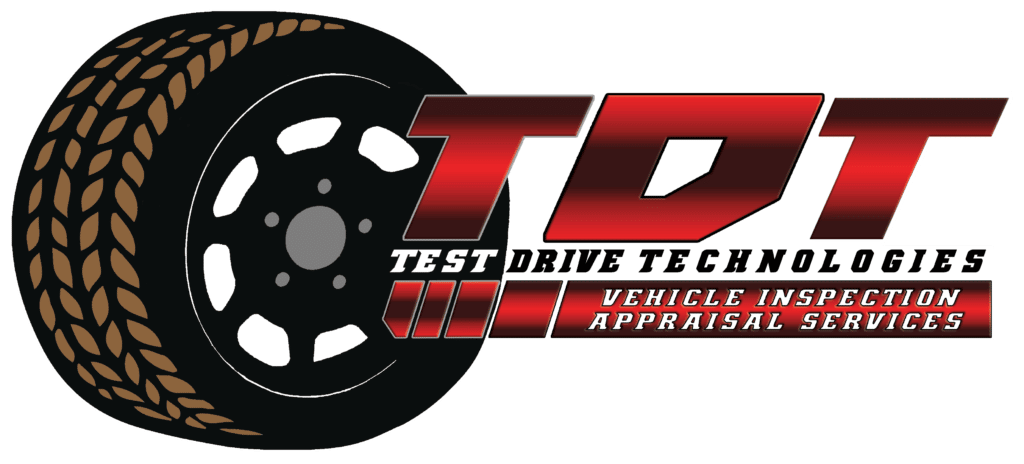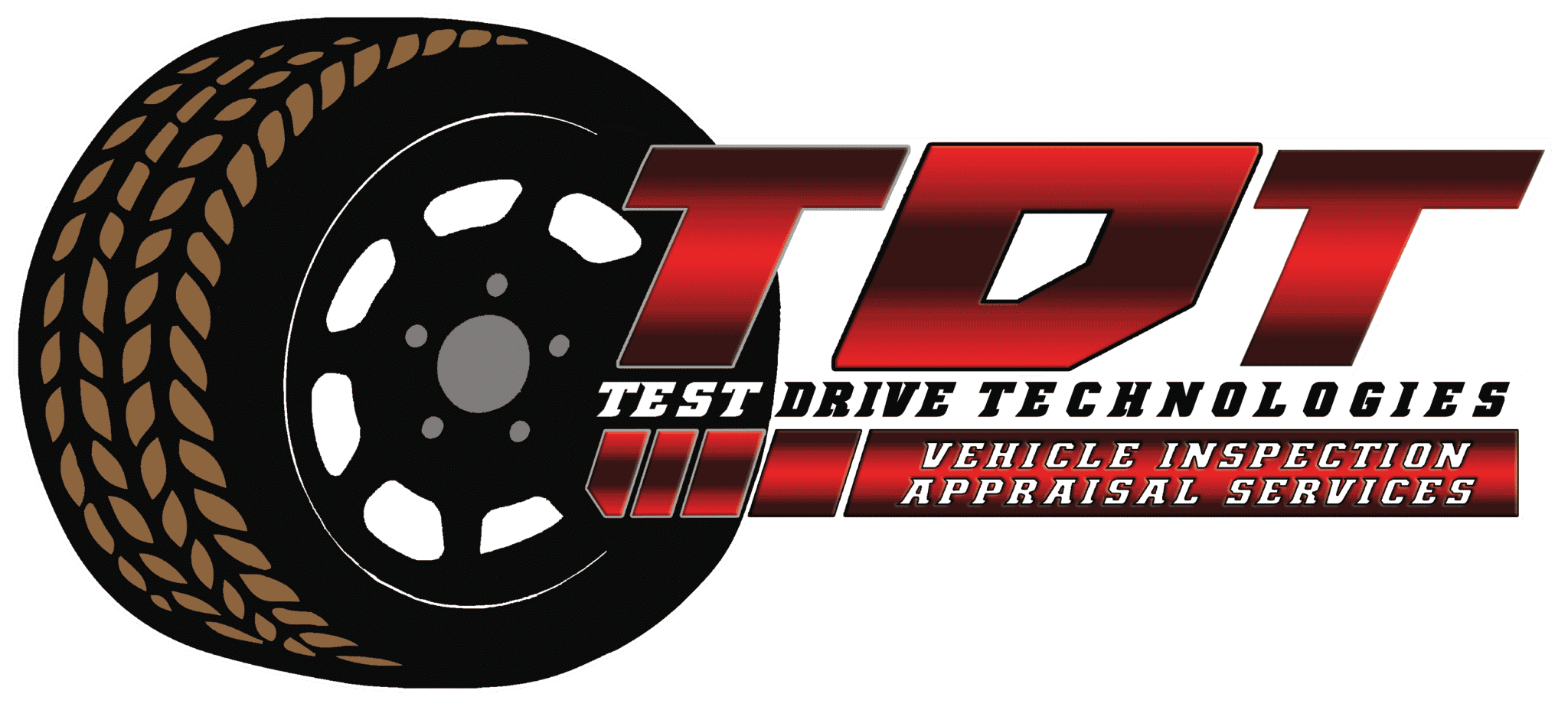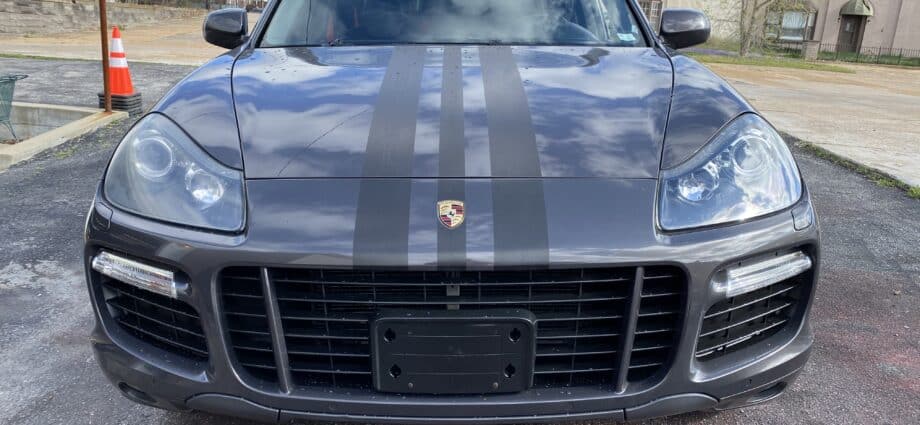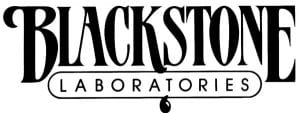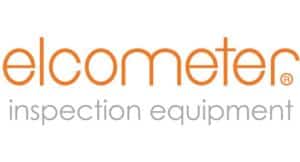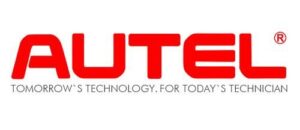Used Car Inspections Spot Unreported or Undisclosed Previous Body Repairs
These days vehicle history report just isn’t enough! That’s why you need somebody that can put their hands on it and their eyes on it and used testing devices such as a paint meter gauge to see if a vehicle has been repaired or not. A vehicle that has had previous body repairs, is of less value than one that is all original. Many times vehicles are in an accident or a small fender bender it is not reported to the insurance, however, the vehicle is still repaired it does not show up on a Carfax or an AutoCheck report. That’s where a pre-purchase a used car inspection comes into play and could be very handy when negotiating your price plus you also wanna make sure that it’s been done right and is in good condition!
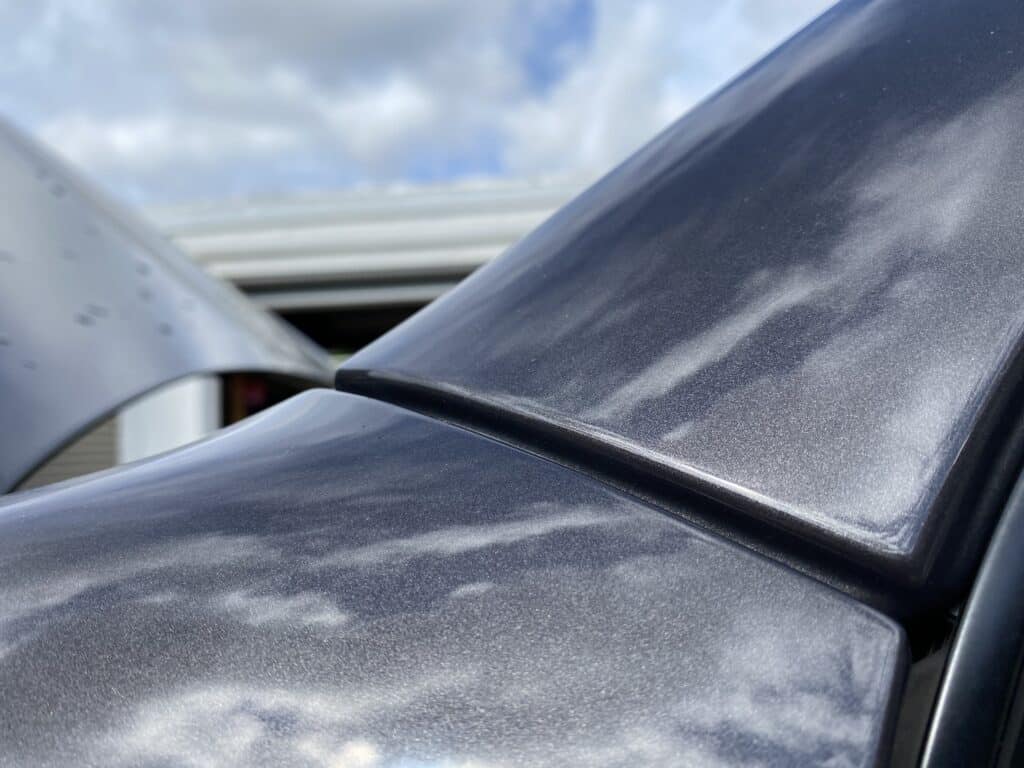
Frame Damage and Corrosion Concerns Should Always Be Checked for During a Pre-Purchase Used Car Inspection
Frame damage is of the most concern! A vehicle with frame damage is dangerous it is less likely to hold up during an accident and can put your family or friends with your riding with you in the passenger compartment in danger. Some vehicle frames can be repaired however, those with improperly repaired frames are just dangerous. Corrosion is another big concern of course those vehicles which are from the north those vehicles have been driven in salt conditions and even some of those vehicles that have been out in sunny California in sunny Florida can also still have corrosion problems. Corrosion on a frame does not go away it has to be properly treated sanded down and repainted and re-coated In order to hold up to the weather. You can simply find out with a pre-purchase used car inspection.
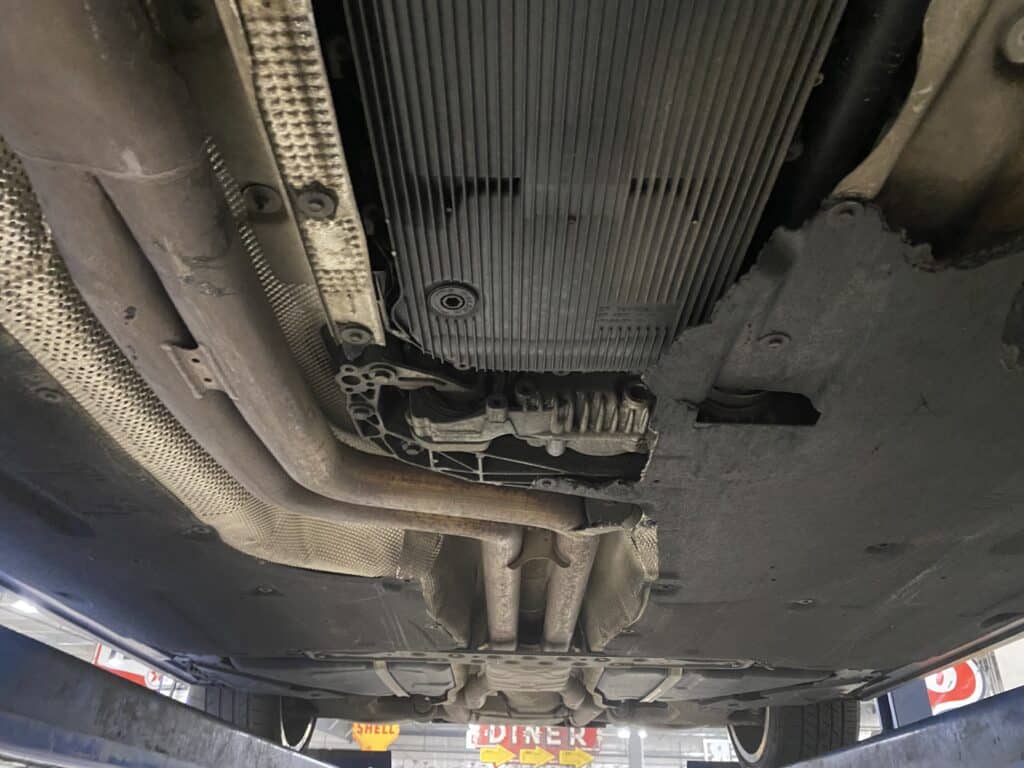
Pre-Purchase Used Car Inspections Check for Leaks and Poor Car Maintenance
Poor maintenance or lack of maintenance is one of the major concerns when buying a used vehicle. Do you wanna make sure that has been properly maintained, routine oil changes, routine filter changes, and just proper maintenance in general. I find a lot during my used car inspections such as sludge buildup, worn belts, dirty filters, lots of leaks, and very dirty engine compartments. All the above-mentioned concerns are things that affect your value of the vehicle as well as the resell value of the vehicle in the day and age of vehicle history reports.
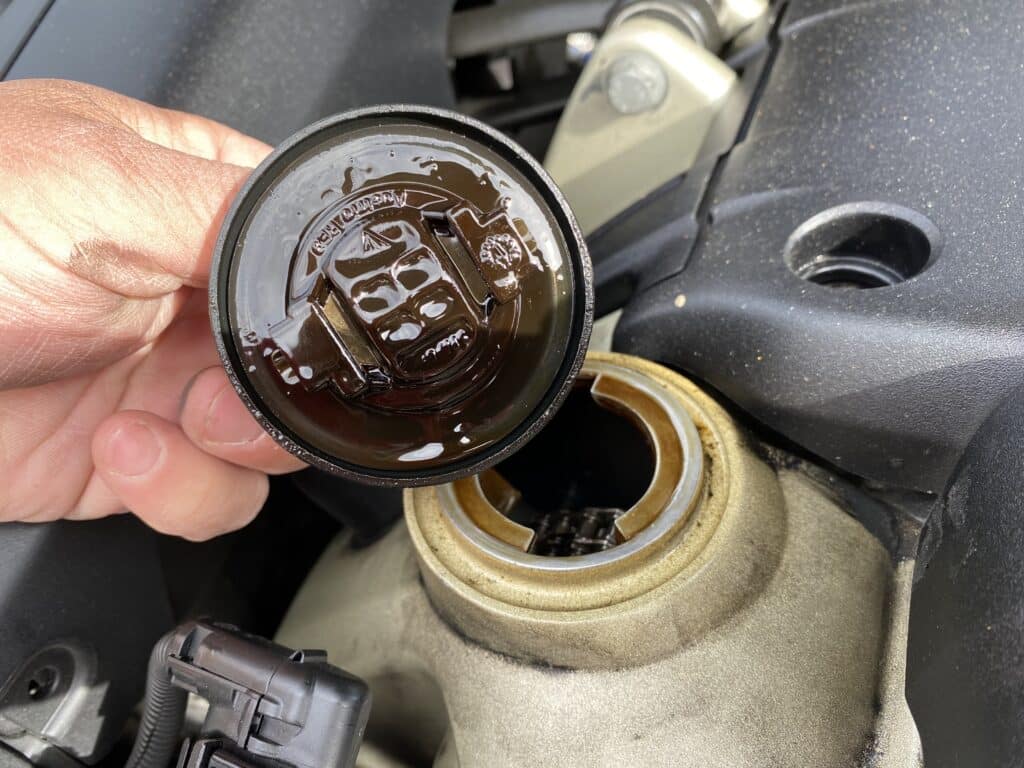
Spotting Inoperative Options and Features During Car Inspection
These days cars and trucks have some pretty fancy technology built into them and of it, you don’t even realize it exists until it doesn’t work and then your luxury car has to go to the manufacturer dealer for an expensive repair. Being able to spot what is supposed to work and what doesn’t is what I do during my inspection. I spend over a month test-driving new models when they are released to the dealerships to make sure I know what I am looking at. The last thing you wanna do is buy a car that doesn’t have working windows or locks or has radio issues or just to find out the BlueTooth doesn’t work with your phone. I even make sure the heated and cooled seats work during my pre-purchase used car inspections.
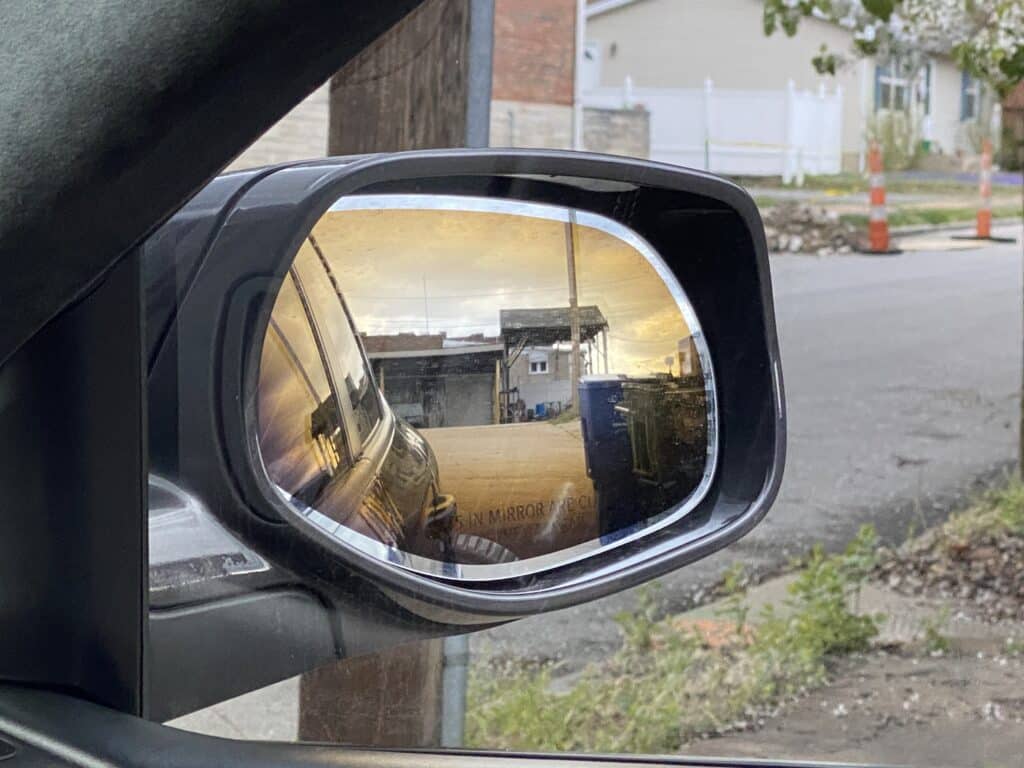
Tire Wear and Poor Alignment and what it shows during Used Car Inspection
Tire wear and alignment issues are something that is pretty easy to cover up by a seller. They usually slap some new tires on it and do a quick alignment before listing it for sale. Just because a used car has new tires on it does not mean it doesn’t have underlying issues. I find a lot of torn tierod boots, torn or leaking CV shafts, and even blown-out balljoint boots. This is where an undercarriage inspection and good test drive come into play and knowing how to properly test drive a car. A lot of times a salesman will jump into a car with you and give you directions and play with options and features while you are driving, this can be distracting. What you really need is a professional test driver to take the vehicle on a good 10-mile test drive and put the vehicle through different handling and braking situations. As soon as I see a vehicle with new tires, I immediately start checking the steering and suspension parts during a used car inspection.
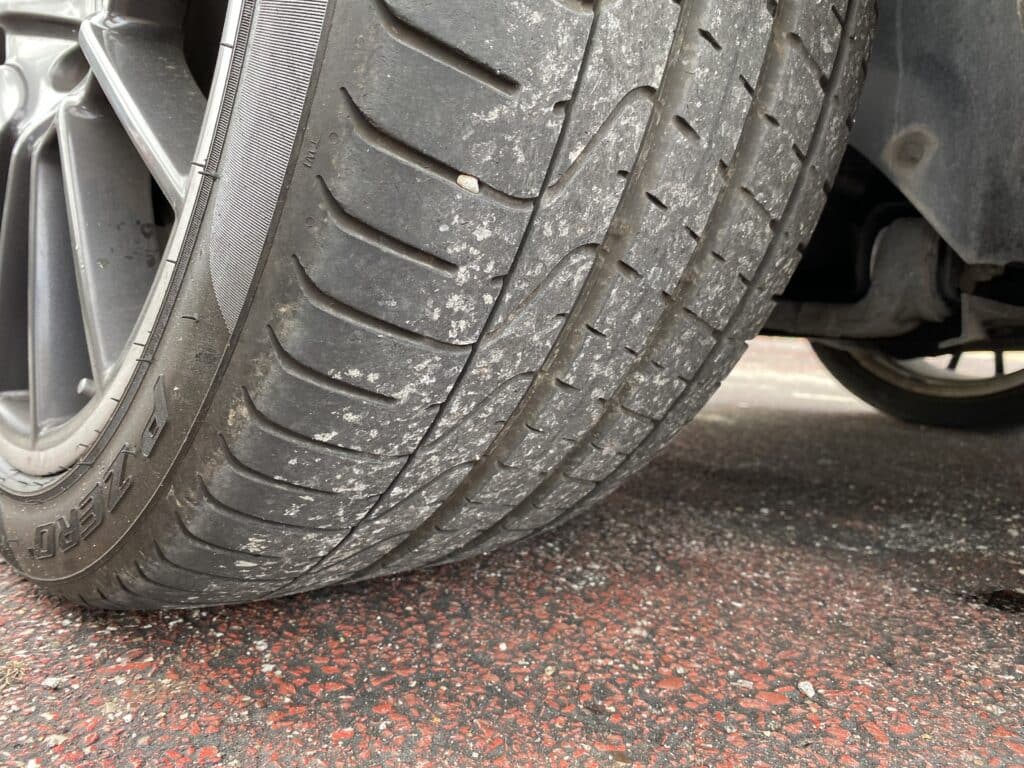
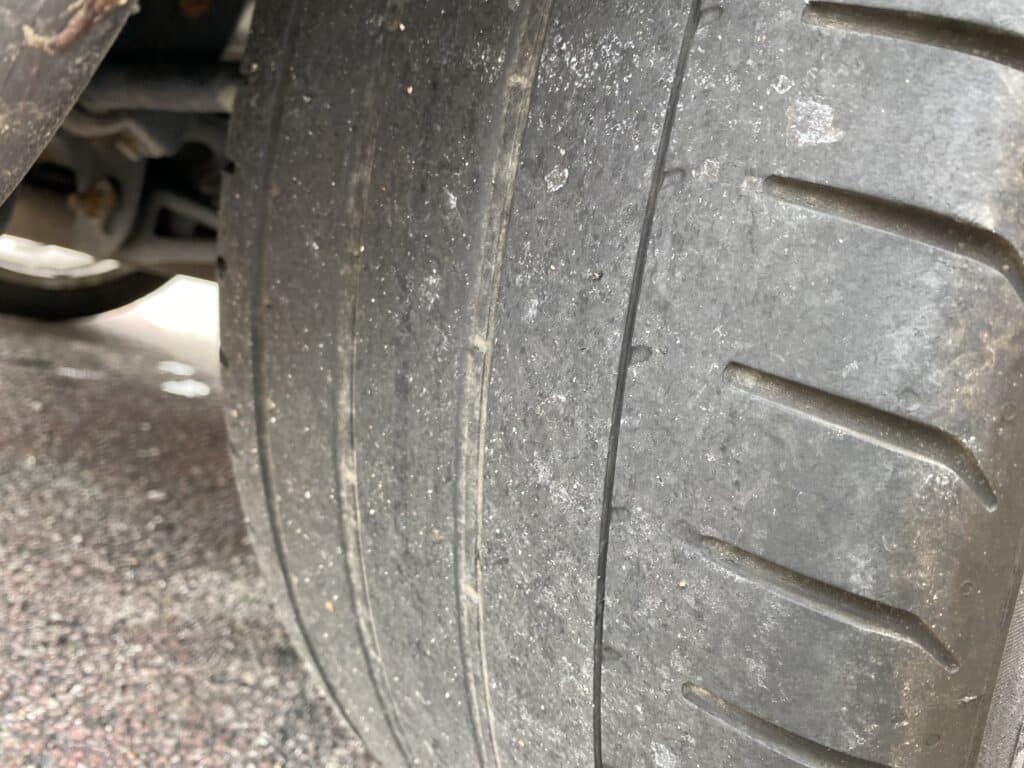
Steering, suspension and brake problems often found during a pre-purchase used car inspection
Hand-in-hand with what I said about tire wear and poor alignment. Tires tell a lot about a used car during a proper inspection. Personally, I would rather see a set of 25% worn-out tires on a used car that have nice even wear all around and negotiate the price on new tires. I find issues like loose power steering racks, cracked or broken sway bar links, vibration in the brakes, or even worn brake pads by driving the vehicle up on a set of ramps or having the vehicle lifted on a rack at the dealership. I also see a lot of ABS warning lights due to bad sensors using my diagnostic equipment during a pre-purchase used car inspection.
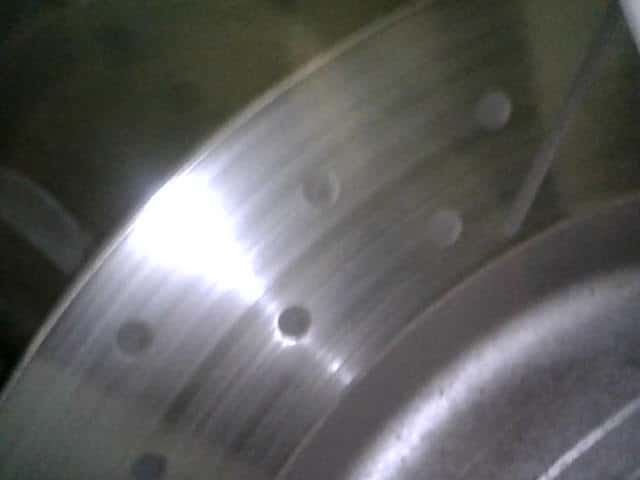
Used Car Inspections Uncover General Poor Vehicle Condition
I’ve inspected well over 5,000 vehicles in the past 12 years of business. Some used cars and trucks are gems and have been well maintained and cared for and some of the others have been dogged on and worn out. The days of “a little old lady owned this car” are long gone. Some of the little old ladies may maintain their vehicles really well and get things fixed but at the same time, some of those old ladies are crazy drivers and beat the heck out of a car inside and out. Not to mention dogs, cats, pigs, chickens, and every other animal evidence I’ve seen inside a car. The short story is that you want to make sure the car has been well maintained and hasn’t been beat up and then fixed back up for resale. Paint, interior, seats, moldings, scratches, scuffs, curb rash on the wheels, loose bumpers, pitted windshields, chips that have been repaired and even smoke evidence can be covered up. The only way to truly know what you are about to purchase is with a pre-purchase used car inspection and that’s what I am here for.
